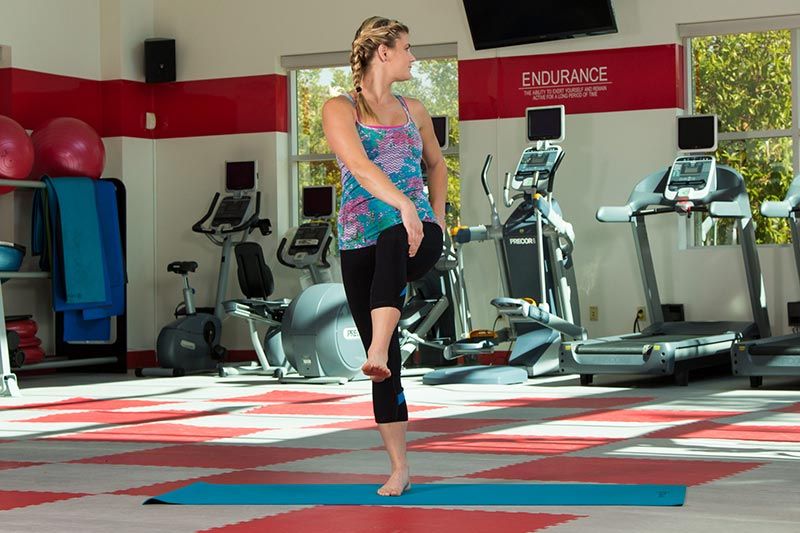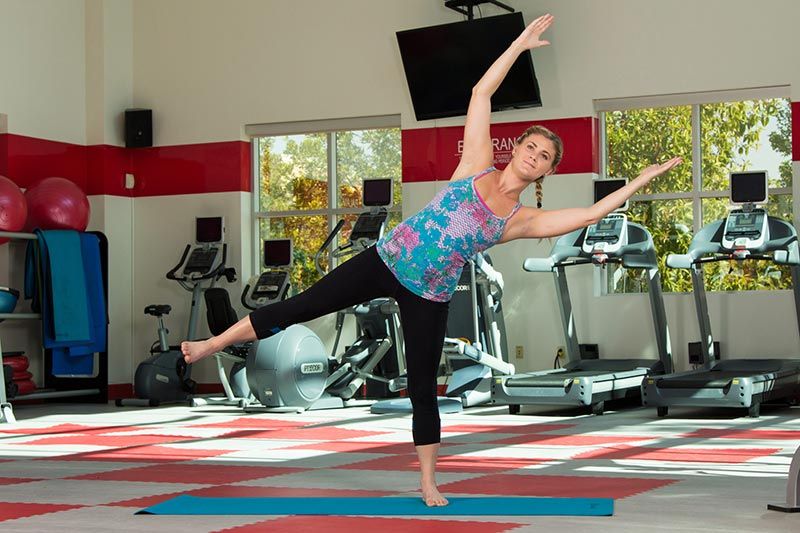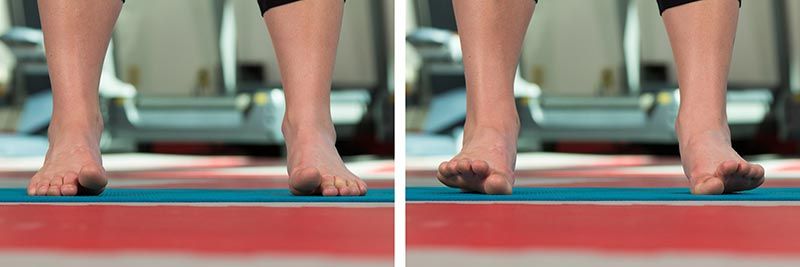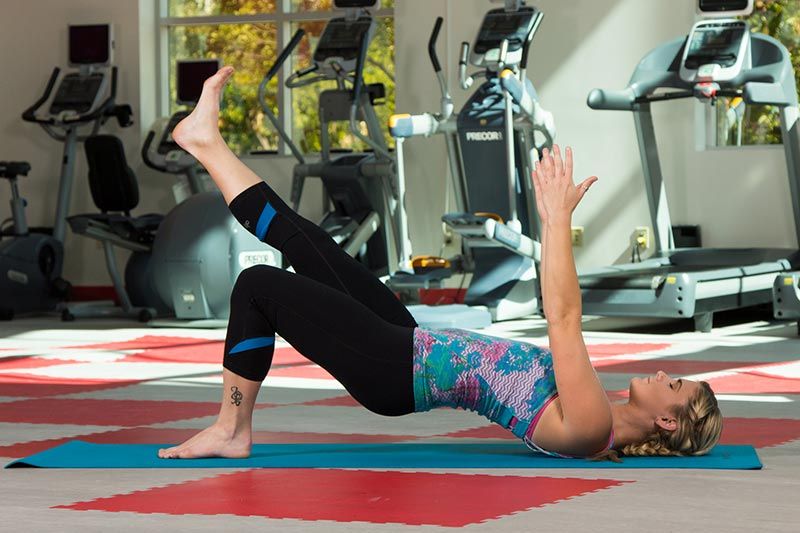“I wasn’t born with good balance.” I hear those words often while training clients. I usually respond with, “Were you born able to ride a bicycle with two wheels, or did you train yourself how to depend less on four wheels and balance yourself?” Balance, or the ability to engage muscles in communication to hold a synergistic, isometric position, decreases the potential for physical suffering because it ensures that movement commences from a place of design integrity. Once a body is set up with core balance in any of the positions of the body to maintain stability, subsequent mobility is far less likely to produce injury (Bernier, 1998).
In just a few minutes a day, at least three days a week, we can improve our balance in a variety of positions without using any equipment. Furthermore, after the first few times we practice the movements with traditional athletic cross-training shoes, doing the exercises either with minimalist shoes or while barefoot will train the muscles of the foot and ankle complex in a more functional manner (Blackburn, 2001). Try to stay positive during the movements, realizing that balance is a learned skill, and that it is normal for some movements to be more reachable than others. Remember, too, that practice makes permanent.
For all balance movements:
1. Start with shoes on and progress to doing them while barefoot.
2. Contract the pelvic floor, bring the navel toward the spine, and lightly touch the tongue to the roof of the mouth during the movements (Chek,1998).
3. Narrow or close the eyes to try the ultimate challenge of maintaining any of these movements with the eyes closed.
4. When in any balance position, try to hold the stability for five seconds. After the stability, after each movement, return to the start position. Repeat eight to 12 times and then repeat on the other side where appropriate.
Movement 1: Twisting Mountain

Stand with the left knee flexed in front of the body, thigh parallel to the floor. Touch the right hand to the left knee and twist the body to the left, lifting the chin. (Progression: reach the right arm toward the sky.)
Movement 2: Leaning Star

Stand with the arms overhead. Keep the body tall and lean to the left from the left ankle, keeping the body in one long line. Abduct the right hip about 2 feet to the side.
Movement 3: Twisting Hinge

Stand with knees slightly flexed and hinge forward from the hips with the spine as extended as possible. Flex the elbows with the fingers behind the head and twist to the left as far as possible. Untwist and repeat eight to 12 repetitions. As a progression, take the right foot completely off of the floor, keeping the foot close to the floor.
Movement 4: Ankle Work

To increase the overall strength and mobility of the ankles, stand with the feet shoulder-width apart and slowly turn the ankles so the bottoms of the feet turn toward each other. Slowly reverse this so that the bottoms of the feet turn away from each other. The range of motion should be comfortable and challenging, but not painful.
Movement 5: Toe Work

Sit or stand barefoot. Try to raise and spread all of the toes as much as possible, and then place them on the floor. Keeping all of the toes pressing actively into the floor, raise just the big toes up and down 10 to 12 times. Reverse this process and try to keep the big toes actively pressing into the floor, raising and lowering all the other toes 10 to 12 times.
Movement 6: Unilateral Bridges

This consistently proves to be one of the most important moves to master to increase balance. Since they take place on the floor, we remove the balance component from the equation and concentrate on the ankle, knee and hip strength in a unilateral position, reflecting the way we need to use this complex in everyday gait and balance.
Lie on your back with the feet flat on the floor, shoulder-width apart, and the knees flexed so the feet are as close to the glutes as possible. Hands can press into the floor for additional support or point toward the sky to decrease the contact points and creater a greater challenge for the core. Extend the right knee, keeping the knees and ankles squeezing together. Raise the hips as high as comfortably challenging and count down from five. Lower the hips and repeat the sequence on the other side.
Summary
Balance is a learned skill and the adage “practice makes permanent” best summarizes how to hone these skills. To be sure, some of the aforementioned skills and drills will be easier than others, but try to give equal attention and time to all of the moves to promote an overall feeling of balance in a variety of positions.
References
Bernier, J.N. and Prerrin, D. (1998). Effect of coordination training on proprioception of functionally unstable ankles. The Journal of Orthopaedic & Sports Physical Therapy, 27, 4, 264-274.
Blackburn, T. & Voight, M. (2001). A matter of balance. Orthopedic Technology Review, 3, 3, 30-35.
Chek, P. (1998). Scientific Core Conditioning DVD correspondence course. San Diego, Calif.: C.H.E.K Institute.




 by
by 






 by
by